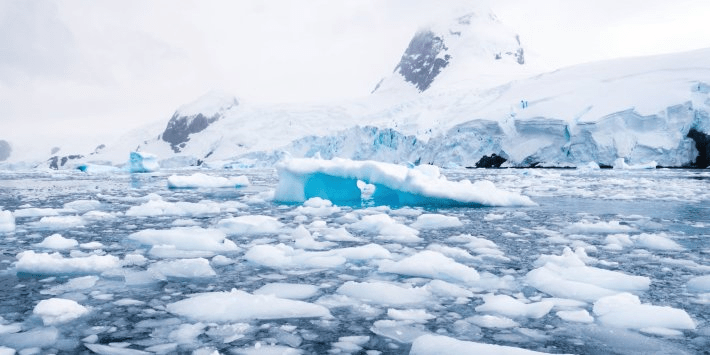In Short : A study reveals that climate change is diminishing crucial snowpacks across the Mountain West. This phenomenon underscores the environmental impact, posing challenges such as water resource management and potential repercussions for ecosystems in the region.
In Detail : A new study shows human-caused climate change is shrinking snowpacks around the world, raising concerns for regions where communities and industries rely on snow.
In the Mountain West, strong snowpacks keep ski resorts in business, allowing them to maintain snow and ice through spring. When snowpacks melt, the water fills rivers and reservoirs, providing water to communities for drinking and farming.
Big snowpacks also alleviate drought conditions, reducing the risk of wildfire.
Several snowpacks, however, are shrinking across the region and beyond due to climate change, according to a new study published in the journal Nature.
Researchers at Dartmouth College studied 40 years of snowpack data from more than 160 Northern Hemisphere watersheds, landscapes that channel snowmelt and rainfall into a reservoir. They found roughly 20% of them have climate-driven snowpack loss. In the Mountain West, that includes the Colorado River, Rio Grande, and Great Salt Lake watersheds, areas where snowpacks have shrunk between 20% and 30%.
“You can have these really rapidly emerging changes in something like your snowpack and your downstream water availability from that,” said Alex Gottlieb, a Ph.D. candidate at Dartmouth College and lead author of the study. “And by the time that you’re really seeing those, you’re already in this regime where they’re kind of only going to accelerate.”
According to the study, after a region warms to a winter average above 17 degrees, snowpacks start to rapidly shrink. Each degree of warming beyond that threshold will only quicken the pace of snowpack loss, said Gottlieb, who co-authored the study with Justin Mankin, a professor of geography at Dartmouth.
“It emphasizes the need to zoom out a little bit and take seriously the kinds of futures that might be coming down the road,” Gottlieb said. “And planning for them now and making those investments now.”

